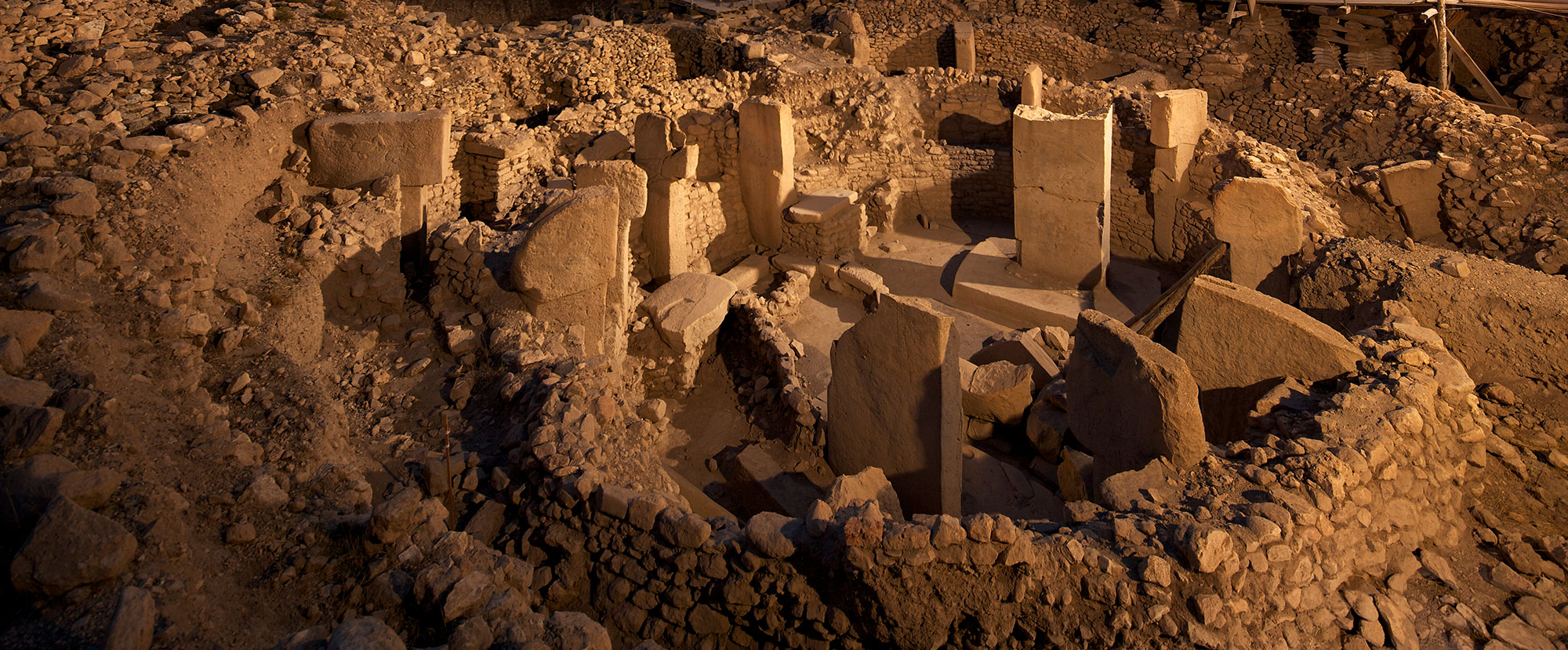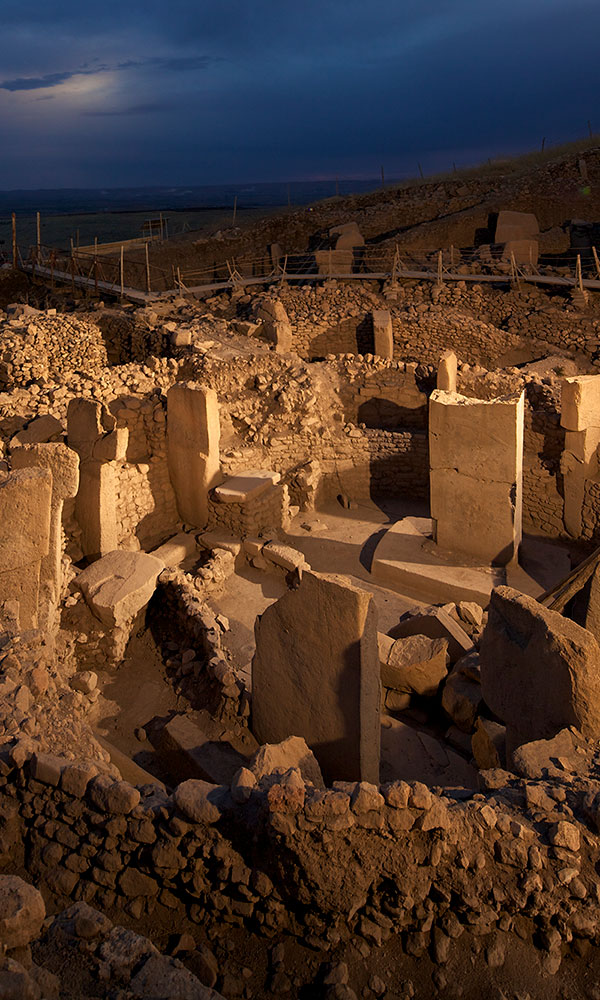SEATTLE, WASHINGTON—According to a report in New Scientist, a team led by Sharon Browning of the University of Washington has found evidence that modern humans and Denisovans interbred on the Asian mainland some 50,000 years ago. The Denisovans, an extinct hominin group, were identified from a finger bone discovered in Siberia’s Denisova Cave in 2010. Denisovan DNA has since been detected in modern Australasians, especially people now living in Papua New Guinea. In the new study, Browning and her colleagues examined the genomes of 5,600 people living in Europe, Asia, America, and Oceania, and detected Denisovan DNA in Han Chinese, Chinese Dai, and Japanese populations. “Although the Papuans ended up with more Denisovan ancestry, it turns out to be less similar to the sequenced Denisovan,” Browning explained. The study also indicates that there were at least two distinct populations of Denisovans living in Asia. For more, go to “Caveman Genetics.”
Modern Humans and Denisovans May Have Interbred Twice
News March 15, 2018
Recommended Articles
Digs & Discoveries November/December 2025
The Egyptian Sequence
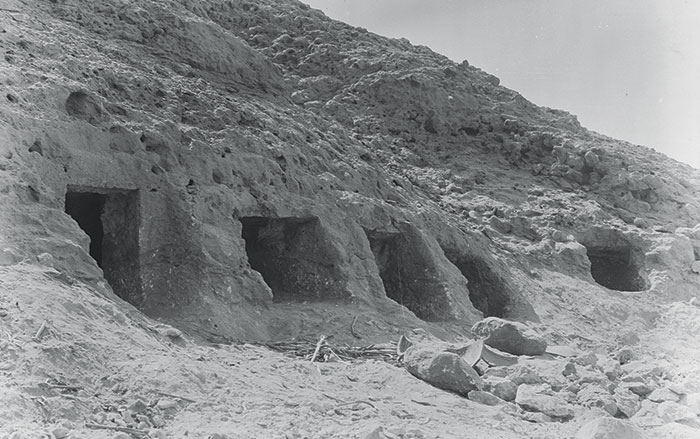
Top 10 Discoveries of the Decade January/February 2021
Neanderthal Genome
Vindija Cave, Croatia, 2010

Top 10 Discoveries of 2020 January/February 2021
Largest Viking DNA Study
Northern Europe and Greenland


-
Features January/February 2018
Where the Ice Age Caribou Ranged
Searching for prehistoric hunting grounds in an unlikely place
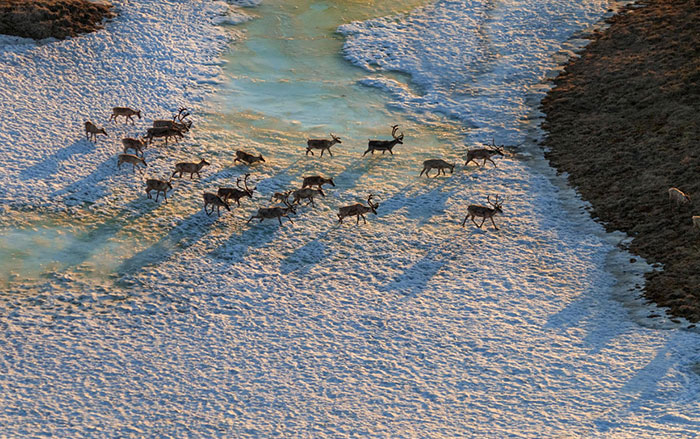 (Paul Nicklen/National Geographic Creative)
(Paul Nicklen/National Geographic Creative) -
Letter From Albania January/February 2018
A Road Trip Through Time
As a new pipeline cuts its way through the Balkans, archaeologists in Albania are grabbing every opportunity to expose the country’s history—from the Neolithic to the present
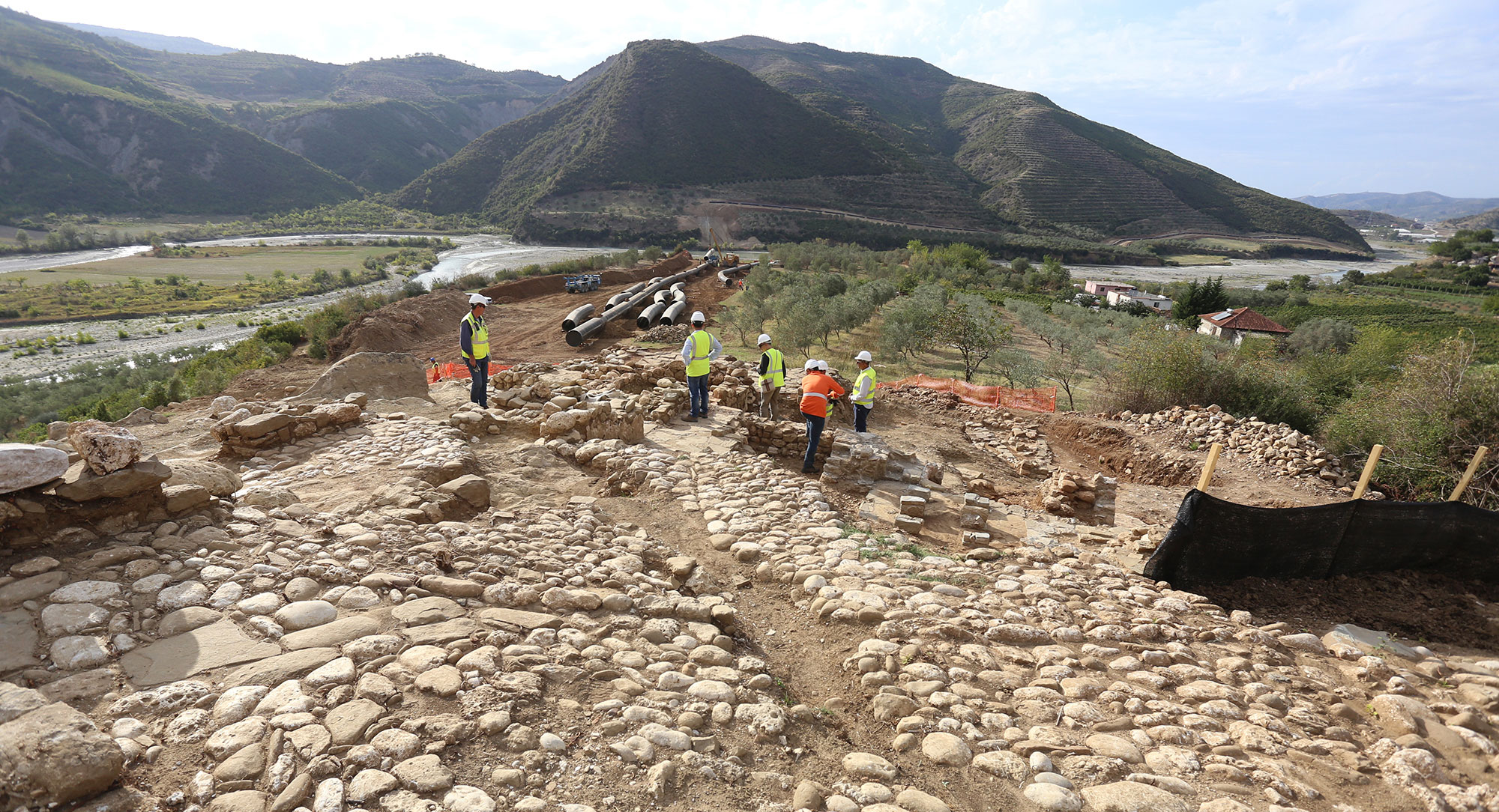 (TAP/G. Shkullaku)
(TAP/G. Shkullaku) -
Artifacts January/February 2018
Roman Dog Statue
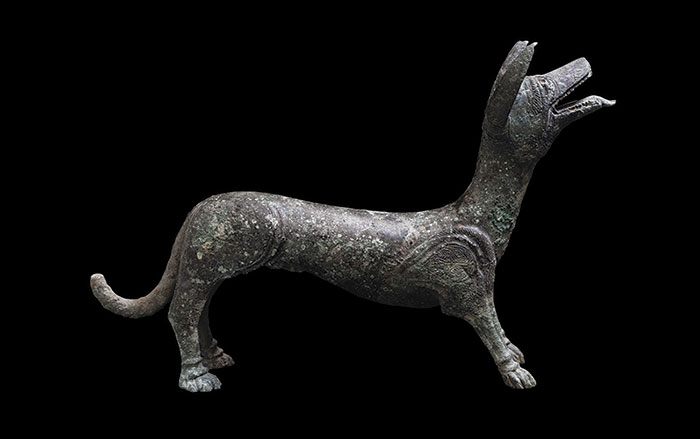 (Eve Andreski/Courtesy Gloucester County Council)
(Eve Andreski/Courtesy Gloucester County Council) -
Digs & Discoveries January/February 2018
The Secrets of Sabotage
 (Bjørn Harry Schønhaug)
(Bjørn Harry Schønhaug)


